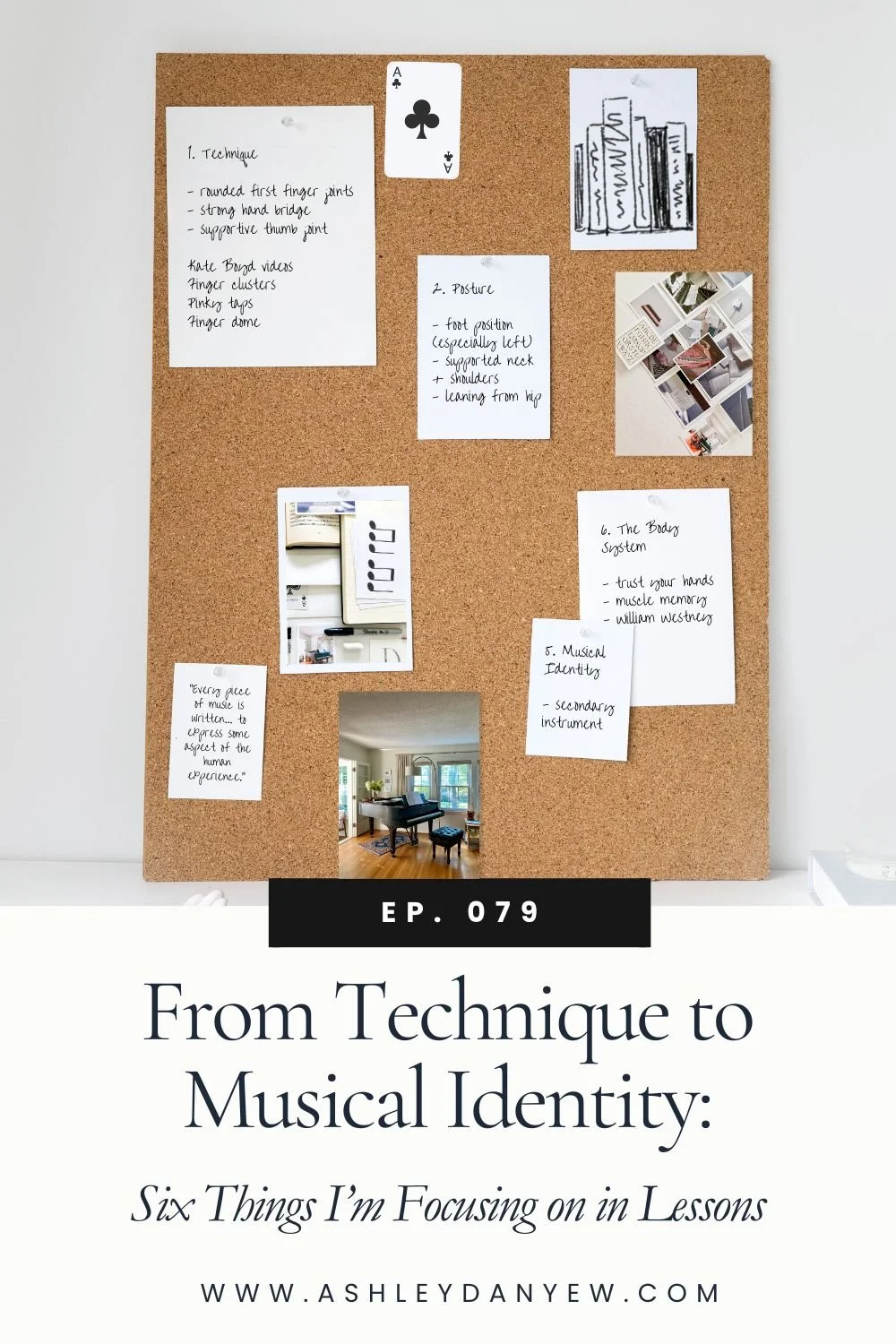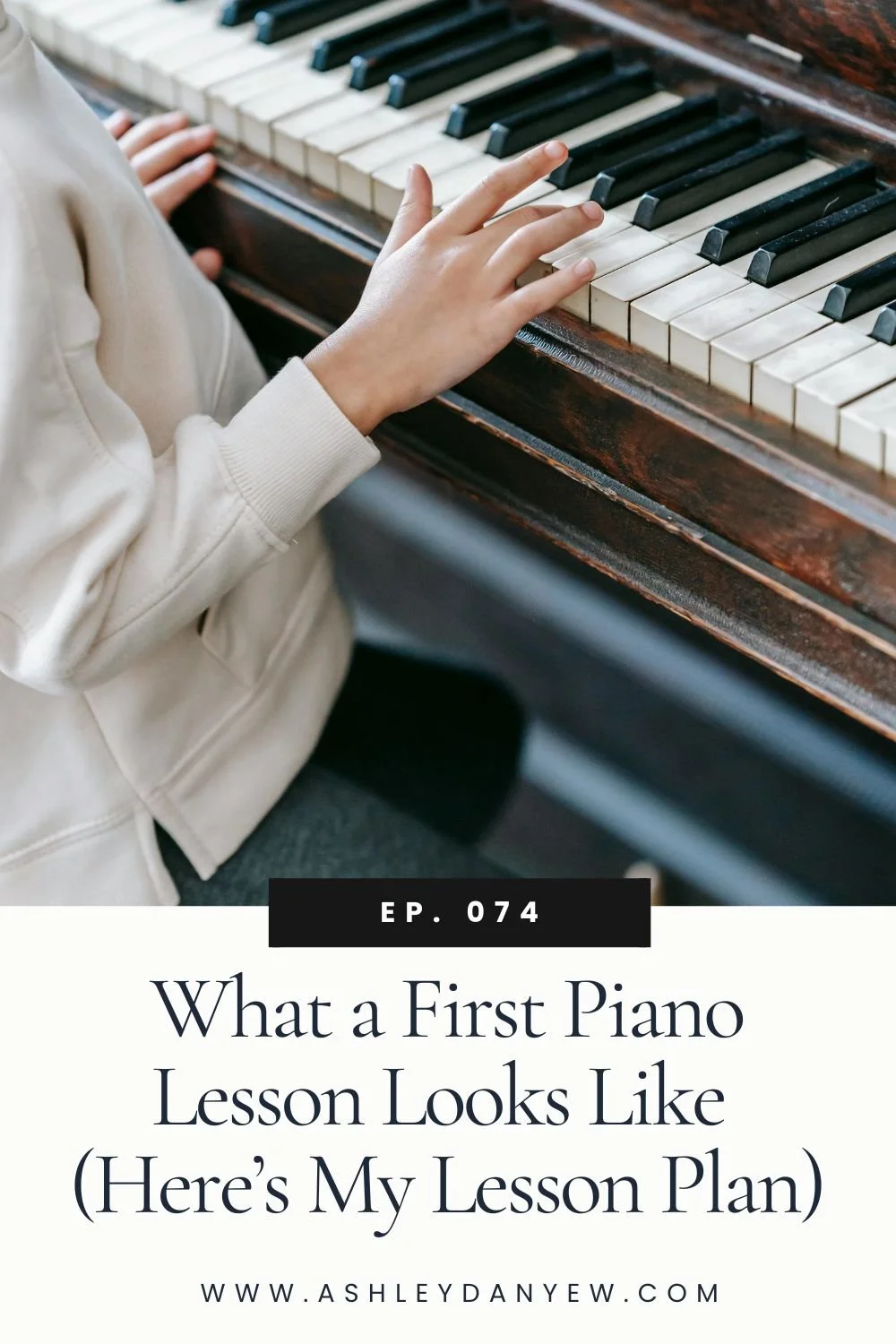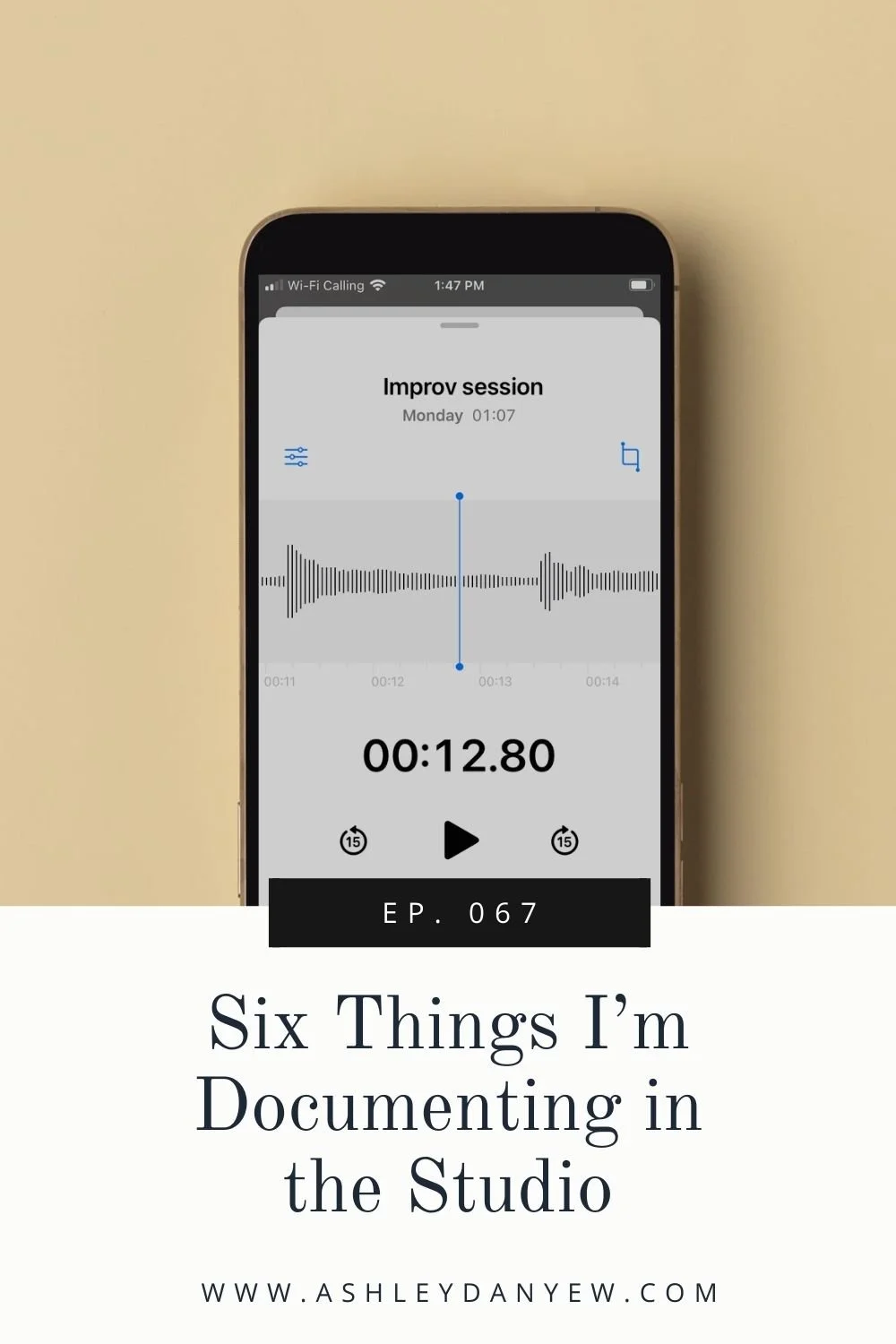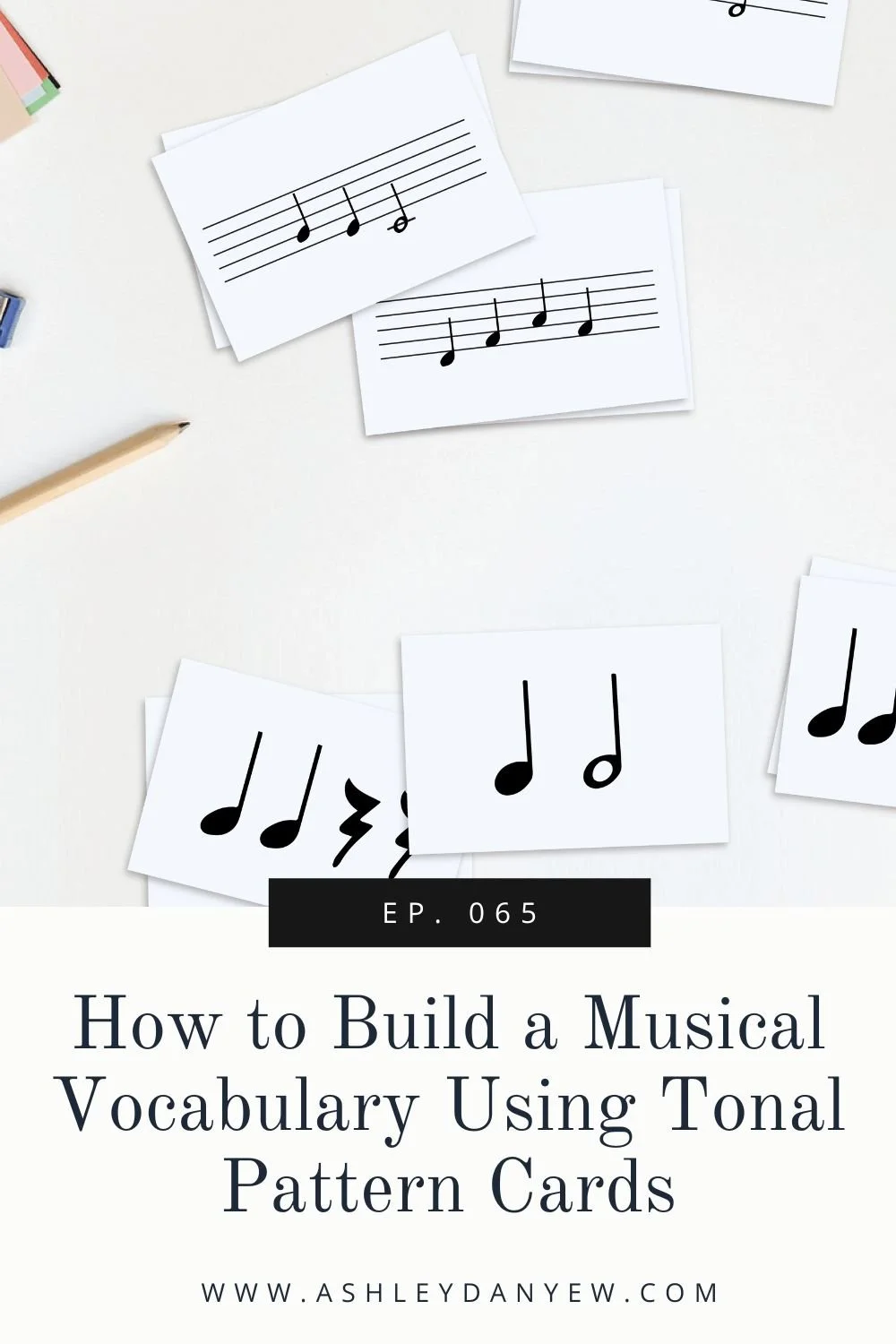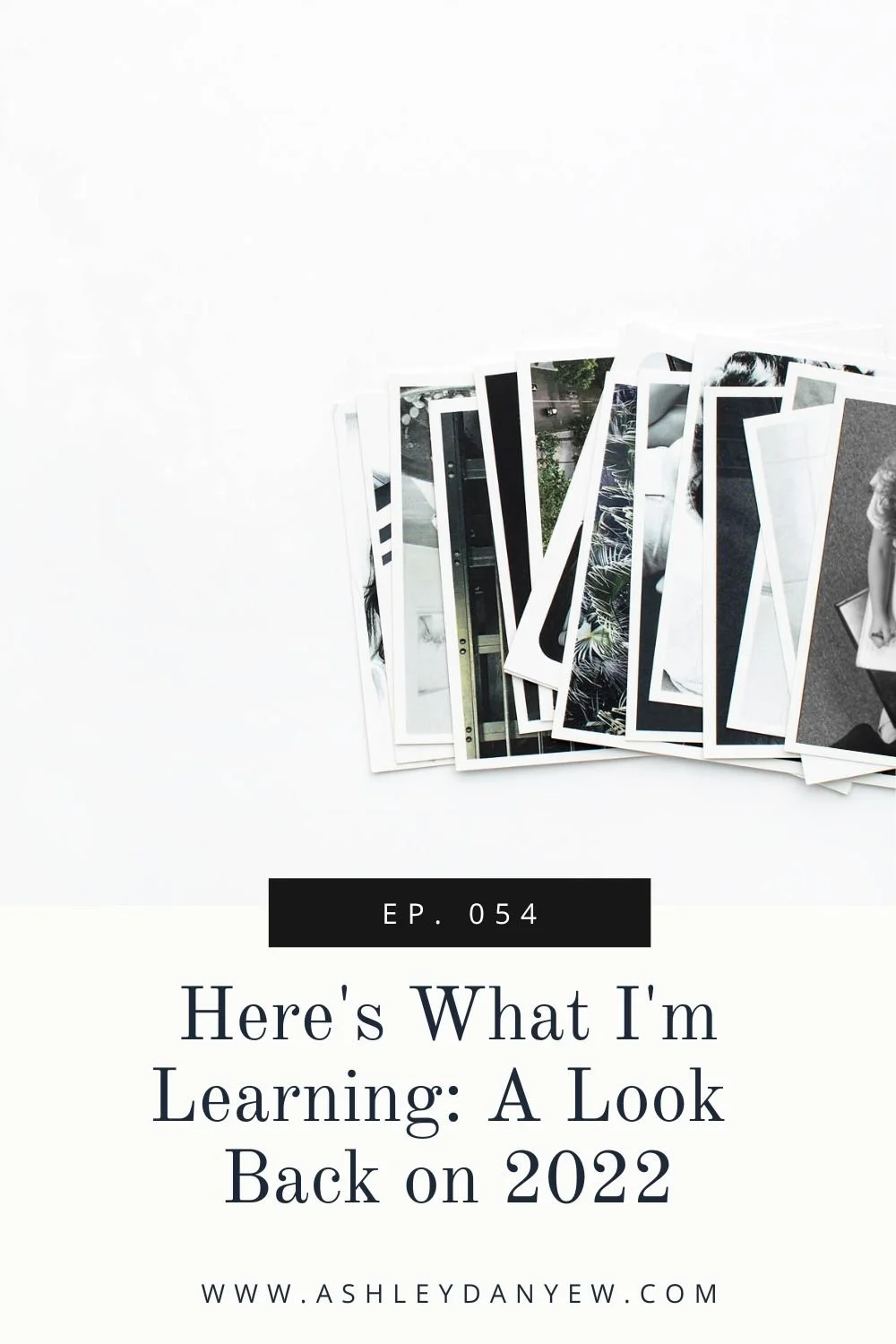Resources Mentioned
*Disclosure: I get commissions for purchases made through some of these links.
The Curriculum: Theory and Practice by A. V. Kelly (2009)
Directing a Church Children's Choir 101 - a 4-week online course for children’s choir directors (enrollment opens June 3, 2020)
The Art of Music Teaching & Learning - a comprehensive 8-week online course for music educators in all types of settings.
National Coalition for Core Arts Standards - a guiding framework for arts education
Ep. 012 - How to Develop Musicianship Skills in Those You Teach
What to Teach When in Children’s Choir: Preschool, Younger Elementary, Older Elementary (+ a free eBook!)
12 Practical Transition Songs to Teach to Your Children’s Choir
The Ultimate Guide to Children’s Choir Warm-Ups (+ a free eBook!)
15 More Singing Games for Children’s Choir (+ a free eBook!)
How to Create a Children’s Choir Rehearsal Plan (+ a free template!)
Adult Choir Rehearsal Template - a free printable planning tool for a 60-90 minute rehearsal
Today, we’re talking about curriculum. And more specifically, how to write your own.
For some people, the word “curriculum” may denote academic rigor, standardized tests, detailed lesson plans, and lack of freedom and flexibility. Do you really need this level of planning and detail in your private studio, community group, or church choir?
To a certain extent, yes. Here’s why:
A curriculum can be defined in a few different ways. My favorite definition comes from A.V. Kelly’s (2009) book, The Curriculum: Theory and Practice: “[Curriculum is] the totality of student experiences that occur in the educational process.”
Think of a curriculum like a guide: a plan to help you do your best teaching and help promote meaningful learning experiences. Like I tell my students in Directing a Church Children's Choir 101 and The Art of Music Teaching & Learning, a curriculum is your basic framework for all the teaching and learning you hope will take place this year.
It’s important to be just as intentional with the overall plans and goals for your year as you are with your week-to-week interactions with your students.
Having a big-picture plan for what you want your year to look like (before you get started) and what you hope your students will experience and understand is vital to personal growth, developing musicianship, and growing and building a strong studio or music program.
Today, I’m going to show you how to create your very own curriculum, something tailor-made to fit your students. This is the same process I teach in my online courses, so grab a notebook and a pencil and let's get started!
Core Components of a Curriculum
Writing your own curriculum doesn’t have to be as complex or involved as a curriculum in a school might be, but there’s still a basic framework to follow and a few necessary components that will help set you up for success as an educator and ensure a rich learning experience for all involved.
The National Coalition for Core Arts Standards (NCCAS) put together a guiding framework for arts education (Dance, Media Arts, Music, Theatre and Visual Arts) for students in Pre-K through high school. There are four core components:
Creating
Generating, choosing, and developing musical ideas
Evaluating, refining, and sharing musical creations
Performing
Selecting and analyzing music
Making musical decisions
Rehearsing, evaluating, and refining
Presenting music with appropriate interpretation and musical accuracy
Responding
Selecting and analyzing music
Developing an understanding of structure and context
Demonstrating awareness of expressive qualities
Discussing and comparing personal preferences
Connecting
Connecting personal interests, experiences, ideas, and knowledge to creating, performing, and responding
Finding ways to draw connections between music of different styles and make connections to everyday life
Creating, performing, responding, connecting—these are all things you can do with your students, right? With these things in mind, let’s get to work crafting our own curriculum:
Step 1: Choose a Theme
I like to start with an overarching theme. A theme can serve as a guide for your planning, choosing repertoire, teaching hymns and Scripture verses, and tying everything together in a cohesive way.
Here are a few ideas:
Around the World (music, activities, and maybe some prayers from other countries, if you’re in a church or Christian setting)
Ways to Praise (move, sing, play, dance, pray, etc.—great for children’s choirs)
Olympics (a fun, colorful theme for a Summer or Winter Olympic year)
Spy (6-7 missions per year)
Make sure your theme for the year is broad enough to be broken down into 6-8 sub-themes—topics you can focus on for a few weeks at a time (like unit studies) throughout the year.
Related posts:
Around the World: Music & Prayers for Children’s Choir
"Around the World" Piano Theme
Sometimes, I find it helpful to make a list of keywords that relate to my overall topic (this is particularly useful for the next step).
Step 2: Find Music & Resources
Once you have a theme in place, begin pulling together songs, anthems, hymns, folk tunes, and other resources that tie in or connect somehow. If you’re working in a church setting, look through your church’s music library, hymnal (and hymnals of other denominations, too), and your most recent reading packets.
Search by keyword on Google or sites like J.W. Pepper or Sheet Music Plus for new music, devotional resources, and some ideas about related Scripture verses.
If you’re working in a school or community setting, look through method books, folk song collections, and songbooks. Don’t worry too much about order or sequencing just yet; that will come later. However, as you pull resources together, start grouping them together into smaller sub-groups. These may end up being monthly themes or slightly larger topics that you focus on for 6-7 weeks at a time.
Step 3: Look for Ways to Develop Musicianship
I talked all about developing musicianship in last week’s episode, number 12, so be sure to go back and listen to that, if you missed it!
With a list of songs, music, and other helpful resources at the ready, dig a little deeper and start making lists of musical skills and concepts.
For example, when studying a new anthem, look for things that may be challenging—like singing in two or more parts, large leaps, not a lot of repetition, lots of text, etc.—and then think about the necessary steps it will take to get to a place where that kind of music is attainable.
Ask yourself:
What is age/level appropriate for this group or this student?
How can those new concepts be prepared in advance?
What do students need to be able to do successfully before they will be ready for this next level of challenge?
In a church or Christian school setting, it’s important to look for ways to foster spiritual growth, as well. Think about Bible stories you can incorporate, Scripture verses you can read and memorize, anthem texts you can talk about, and devotions you can share.
I recommend starting the year with music that is accessible and reviews key skills and concepts that you introduced at the end of last year. After a month, or so, start introducing music that features a new skill or concept and find other songs, hymns, warm-ups, and games that reinforce it.
Save the more challenging repertoire for the Winter/Spring months, and make sure to spend time at the end of the year, recapping and reviewing everything you’ve learned during the year.
If you need a little help or guidance with this step, I have a few helpful lists and charts worth checking out. Each one outlines what’s appropriate to teach when and gives you a better idea of how to sequence new skills and concepts in a meaningful way:
Step 4: Pull It All Together
Once you have some sub-themes figured out and a better idea of level and sequencing of the music you’ve chosen, put the sub-themes (and all related music, Scripture verses, and other resources therein) in a logical progression, starting with the most accessible content at the beginning of the year and building up to the end of the year (or close to it—the last few weeks of the year are often a good time for review and/or preparing for an end-of-the-year recital, performance, or Children’s Sunday in church).
With more of the building blocks in place, go back to that list of core components recommended by the National Coalition for Core Arts Standards: creating, performing, responding, connecting, and think about ways to incorporate and touch on all these things during the year. Spend some time brainstorming ways to include opportunities for creative musicianship; interacting with music, listening, and responding to it; and ways to help students recognize patterns and connections across the different pieces of music they’re learning.
Jot down these ideas as they tie in with various songs, hymns, or other resources you’ve pulled together so you have everything in one place when you start outlining weekly lesson plans.
Step 5: Create Lesson Plans
This is where you start mapping out the details of each week, whether it’s a class, lesson, or rehearsal.
I recommend starting with some kind of warm-up activity—movement or rhythm or listening or technique. Then, move to repertoire—a mix of new and in-progress pieces. Somewhere in the middle, I recommend taking a quick break to do a sight-reading activity or rhythm game, maybe a preparatory activity for the piece you want to work on next.
Think about how you sequence things and how you move from one thing to another. Can you create musical transitions between activities to help them feel more connected? I wrote a post last year on using transition songs in your teaching—see 12 Practical Transition Songs to Teach to Your Children’s Choir.
For those of you in church settings, my free children’s choir and adult choir rehearsal templates are pretty straightforward. I always recommend starting with a few warm-ups, followed by a gathering song or hymn that stays the same for several weeks at a time. If you’re working with adults, this might be service music or a hymn you want to review for Sunday.
From there, there’s some room for creativity and flexibility. For a 30-45 minute children’s choir rehearsal, I recommend trying to get through 2-3 anthems and maybe a few other short songs or hymns with a few fun musical games or change-of-pace activities thrown in to keep everyone engaged and participating. For a 60-90 minute adult choir rehearsal, I recommend trying to get through 5-7 anthems.
You may also want to include a few quiet minutes for a devotion or a faith-based conversation about the text of an anthem you’re introducing.
Related resources:
How to Create a Children’s Choir Rehearsal Plan (+ a free template!)
Adult Choir Rehearsal Template (free!)
And that’s it!
Of course, we could go into a lot more detail on planning and outlining a curriculum, finding resources, and sequencing things, especially in a church choir setting, where there are fewer resources available to you.
If that sounds like exactly what you’re looking for, you’ll be happy to hear that my course, Directing a Church Children’s Choir 101 will be open for enrollment again on Wednesday, June 3. Join the waiting list and be the first to know when it’s available:
I’d love to hear from you:
Have you ever written your own curriculum? If so, what was your process like?







